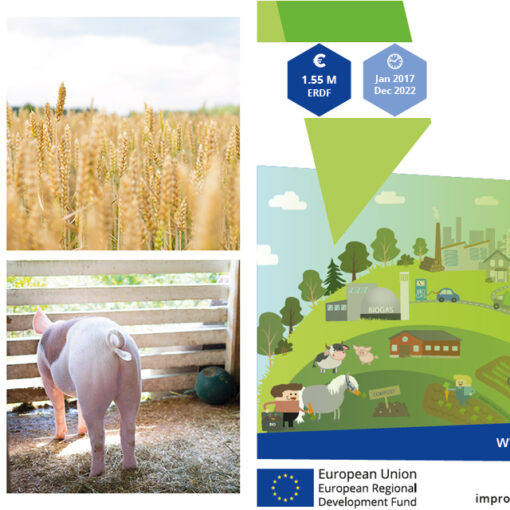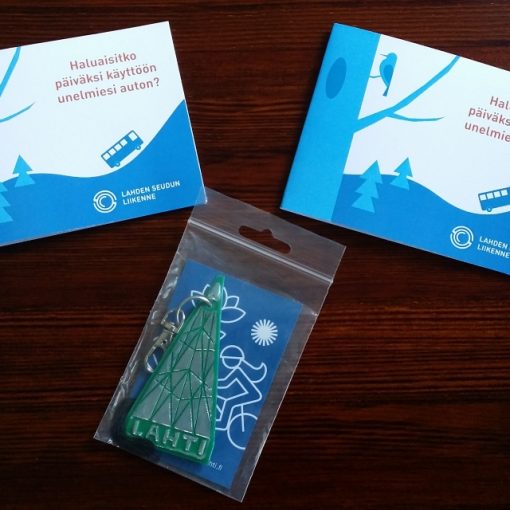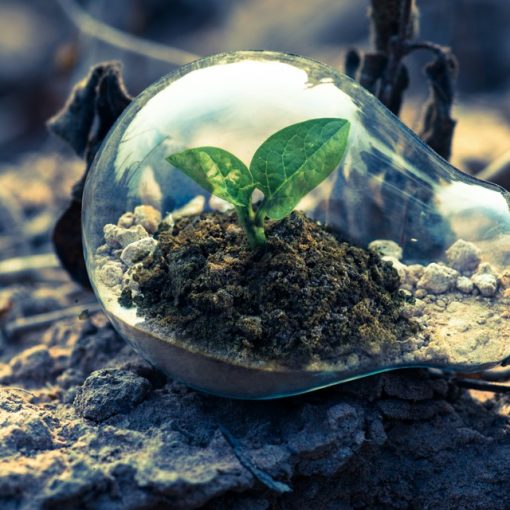In March 2022, the CECI partners and their stakeholders met at the interregional meeting hosted by MSIC (Moravian Silesian Innovation Center) in Ostrava, the Czech Republic.
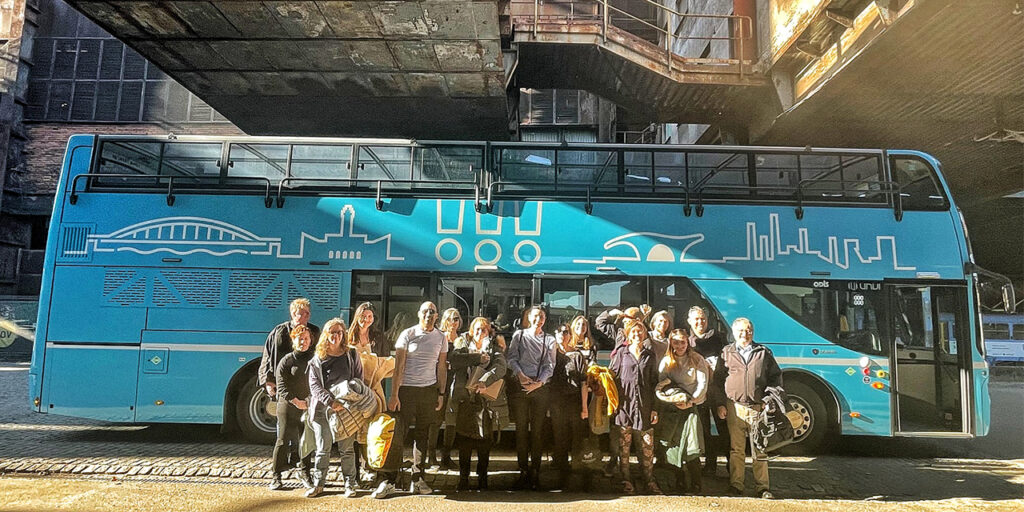
At the beginning of the meeting, Pavel Csank, MSIC Chairman of the Board, welcomed all the interregional guests to Ostrava and MSIC facility. Then, Klára Golabová from MSIC presented the two actions of the Moravian-Silesian regional action plan. The first action – EnviRoadshow – connects cities and towns by sharing good practices, practical information, and know-how to support new environmental collaboration.
The second action – RONDL – material market – is a database of free materials, such as secondary material from production, unused stock, faulty products, or materials that would otherwise be wasted. These materials could be used by art schools, practical teaching, NGOs, and individuals.
Adéla Píchová, MSIC, presented the Centre of Circular Fashion – a lab for sustainable fashion practices. It is a place, where people can hear about fashion, the current state of the textile industry, its environmental and societal impacts, and it provides solutions for circular future. The centre offers workshops where people can swap clothes, visit pop-up shops and events, and learn to sew.
The NILMORE company was introduced by Mikuláš Hurta, CEO of Nilmore, – a start-up company producing fully circular clothing using cPLA (polylactide), a bio-based material gained from corn or sugar cane. This light and soft new material they have developed has a low LCA impact, high thermal conductivity, dries fast, is antiallergic and non-toxic.
Tour de CECI
After the lunch break, the group took a double-decker bus tour to visit another four regional good practices focusing on circular and sharing economy (Picture 1).

The first stop was at Moment Česká Republika o.p.s, a Czech second-hand shop and non-profit organization that creates funds for other non-profit organizations. Moment collects second-hand garments donated by citizens and reuses, recycles, repurposes, and resells them further. Moment donates all profits to other non-profit organizations. Link to Good practice: Promoting reuse of textiles and circular economy
The next stop was at REUSE centrum Ostrava (Picture 2), established by OZO (Ostrava waste management company) and located at their facility. The centre sells donated second-hand items, such as used furniture, books, toys, and tools, which are still functional. The unique colour design – all items are grouped based on their colours – attracts many visitors and buyers. Link to Good practice: REUSE Centre Ostrava
The tour continued to the DOV (Dolní Vítkovice), a formal industrial site, which turned from coal mining and coke and pig iron production to a non-traditional place for education, entertainment, and culture (Dolní oblast VÍTKOVICE 2022). One of the buildings was turned into a workshop space called Fajná Dílna, which promotes passion-based learning based on the DIY (do-it-yourself) concept. They offer to the citizens of Ostrava an opportunity to explore diverse artisans gain new skills, guidance, and interdisciplinary lectures.
The site tour was concluded by a guided tour through DOV (Picture 3), covering the history and production process. The inspirational event ended up with a joint dinner, lively discussions, and lots of new ideas.
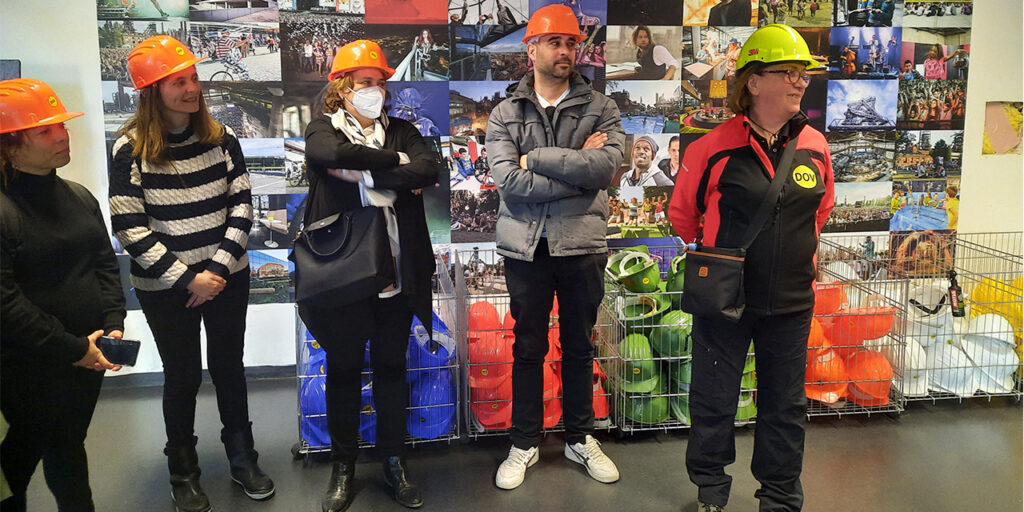
Authors
Katerina Medkova works as an RDI Specialist at LAB University of Applied Sciences and is CECI Communication Manager. CECI – Citizen Involvement in Circular Economy Implementation is an Interreg Europe co-funded project led by LAB University of Applied Sciences, Finland.
Marjut Villanen works as an RDI Specialist at LAB University of Applied Sciences and is CECI Project Manager.
References
Dolní oblast VÍTKOVICE. 2022. About Dolní Vitkovice. Cited 27 Mar 2022. Available at https://www.dolnivitkovice.cz/en/about-dolni-vitkovice/
Links
Link 1. Interreg Europe. 2022a. Project Summary. CECI. Cited 26 Mar 2022. Available at https://www.interregeurope.eu/ceci/
Link 2. Interreg Europe. 2022b. Good practice: Promoting reuse of textiles and circular economy. Policy Learning Platform. Cited 27 Mar 2022. Available at https://projects2014-2020.interregeurope.eu/policylearning/good-practices/item/5284/promoting-reuse-of-textiles-and-circular-economy/
Link 3. Interreg Europe. 2022d. Good practice: Public Workshop FAJNA DILNA. Policy Learning Platform. Cited 27 Mar 2022. Available at https://www.interregeurope.eu/policylearning/good-practices/item/4837/public-workshop-fajna-dilna/

